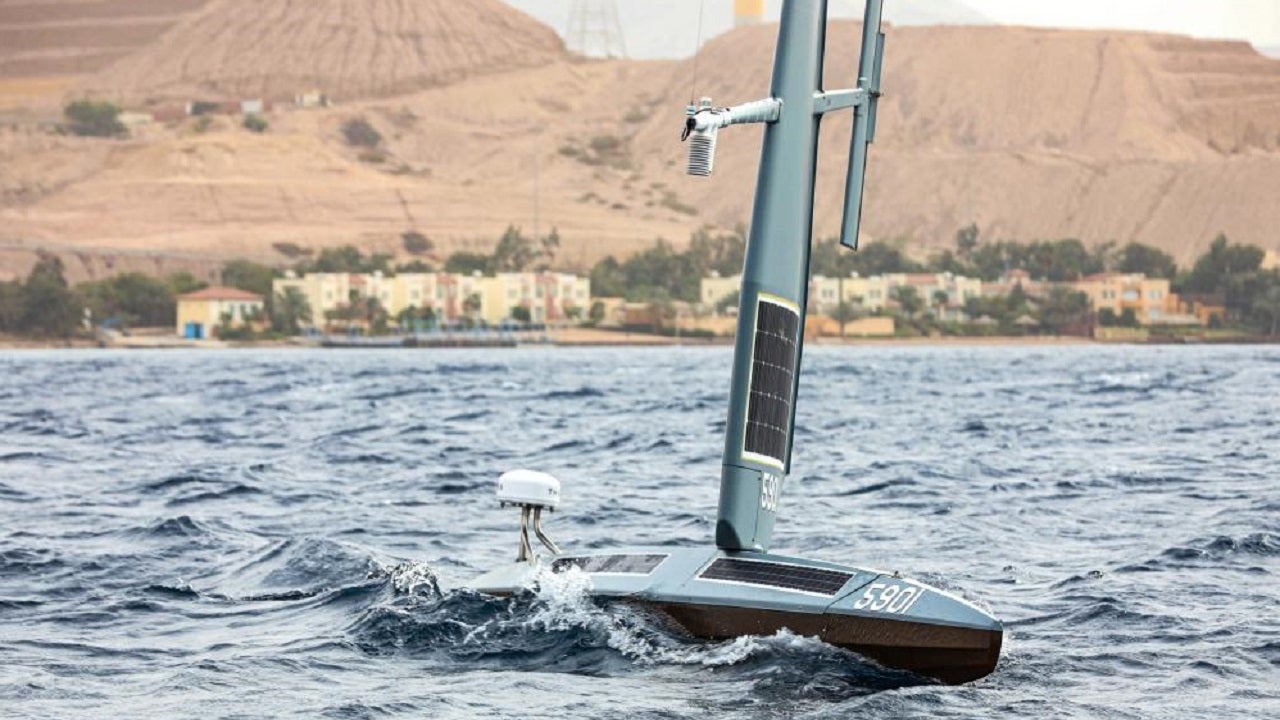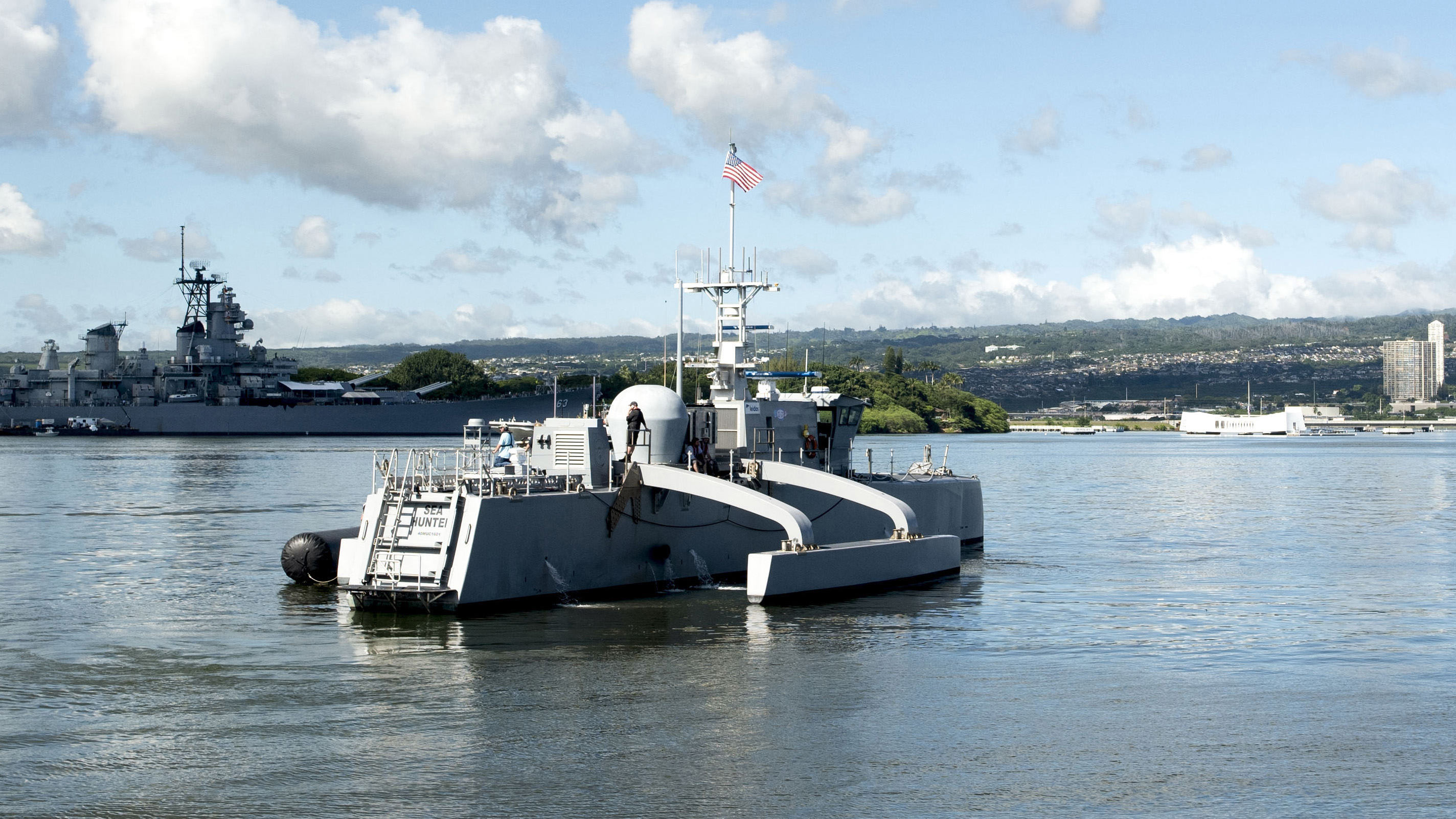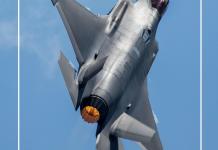In an unprecedented series of events, the Iranian Navy recently seized two US Navy Saildrone Explorer unmanned surface vessels (USVs) in the Red Sea and released them later. Following this incident, the surface drone program of the US Navy has come under scrutiny.
US Representative Elaine Luria, a Navy veteran and vice chair of the House Armed Services Committee, said that now is not the time for the Navy to invest heavily in unmanned surface vessels (USV).
She spoke at Defense One’s State of Defense virtual conference on September 14.
The veteran emphasized that the recent seizure of two United States Navy Saildrone Explorer USVs by the Iranian Navy in the Red Sea did not augur well for the future of such vessels.
Early this month, an Iranian Navy ship pulled two US unmanned surface vehicles out of the water in an alleged attempt to steal them. Soon, the US Navy dispatched two destroyers, the USS Nitze and USS Delbert D Black, and two helicopters to secure their release.
The Iranian Navy released the drones a day later.

While the unmanned surface vessels were eventually secured, the incident did serve as a reminder to the US Navy that these unmanned vehicles were not invincible.
Luria, a retired Navy commander, said she favored funding R&D to figure out how to apply unmanned technology at sea.
“I definitely think there is a place in the future to have some unmanned surface vessels that provide some capability,” Luria said. “But I think our fleet is manned and crewed, and it should and will stay that way for the foreseeable future.”
Despite her willingness to fund research into these systems, she said that technology is not ready to handle “the maintenance challenges of operating at sea and transiting long distances.”
On January 27, Saildrone Unmanned Surface Vessel (USV) began operating in the Gulf as part of a project to incorporate new unmanned technology and artificial intelligence into US 5th Fleet operations. The US fifth fleet is based in the Middle East.

There has been increased focus on Unmanned Surface Vessels in the United States. According to a recently updated US Congressional Research Report, “The Navy wants to develop and procure three types of large unmanned vehicles (UVs) called Large Unmanned Surface Vehicles (LUSVs), Medium Unmanned Surface Vehicles (MUSVs), and Extra-Large Unmanned Undersea Vehicles (XLUUVs).”
In addition, USVs have also participated in various drills conducted by the US Navy, indicating their emerging significance in the Naval Strategy of the future. In May this year, the US Pacific Fleet established an Unmanned Surface Vessel Division One to expedite the integration of unmanned surface vessels.
The Case Against Surface Drones
Luria stressed the Navy’s hesitation to transition from a fully manned to a smart ship concept. She said, “We always test these things out and go back to saying we need more people. And until there’s a significant mindset shift there, I don’t see that happening.”
She iterated that another hurdle to the program’s future was that the utility hadn’t been clearly stated to Congress.
The veteran questioned the objective of these vessels, asking, “What is the purpose of these unmanned ships? Unmanned aerial vehicles – UAVs have provided great service for many years and add additional capacity. Unmanned Underwater Vehicles – UUVs – have a purpose. But the unmanned surface vessels? It’s unclear.”
Luria has been shifting Congress’ attention to reducing the Navy’s vertical launch system (VLS) cell capacity in upcoming years.
She wondered whether using autonomous surface ships would make up for the estimated loss of 1,686 VLS cells between now and 2027 and nearly 2,000 by 2035, given the severe concern regarding China’s growing hostility and its quickly rising warship manufacturing.
“Is it more firepower?” she asked about a future role for unmanned surface ships. “Is this like an adjunct arsenal?”
This argument becomes significant in light of the escalation between the United States and China in the Indo-Pacific, especially after last month’s PLA drills that simulated an attack on Taiwan. It has long been discussed that conflict between the two bitter rivals would occur on the sea, where unmanned surface vessels may come in.
Two things I have been saying for four years:
1) All ships we currently have are useful. PCs are scheduled to decommission.
2) This was bound to happen to an unmanned ship and next time we might not have a ship to respond.
The Navy wants to decommission 39 ships next year. https://t.co/Pie63uEEGY
— Rep. Elaine Luria (@RepElaineLuria) August 30, 2022
Luria hasn’t been convinced of the USV’s capability, especially after Iran captured these vessels. “We just saw an unmanned vessel become disabled the other day.
Some other Navy ships – PCs [Patrol Coastal Ships] which are slated for decommissioning – had to go out and essentially rescue it because Iranian vessels were trying to capture this unmanned surface vessel. So we must work through many things and determine if there is a big place for unmanned surface vessels.”
That being said, the US Navy has been focusing on USVs to move the Navy to a more distributed fleet architecture, or a mix of ships that spreads the Navy’s capabilities across multiple platforms.
According to a Congressional report, it aims to prevent concentrating a significant portion of the fleet’s overall capability into a relatively small number of high-value ships.
In congruence with that, the US Navy’s top boss Admiral Michael Gilday who spoke after Luria said the Navy was trying to find the best and quickest ways to grow the USV fleet while acknowledging its challenges.
“It is a challenge today, and it is going to be a challenge for us, I will say, into the future, and we have to pay attention,” he said. “We are a learning organization, learning from what happened over the past month in the Middle East, and we’ll be applying that as we design and grow the unmanned surface force.”
- Contact the author at sakshi.tiwari9555@gmail.com
- Follow EurAsian Times on Google News




